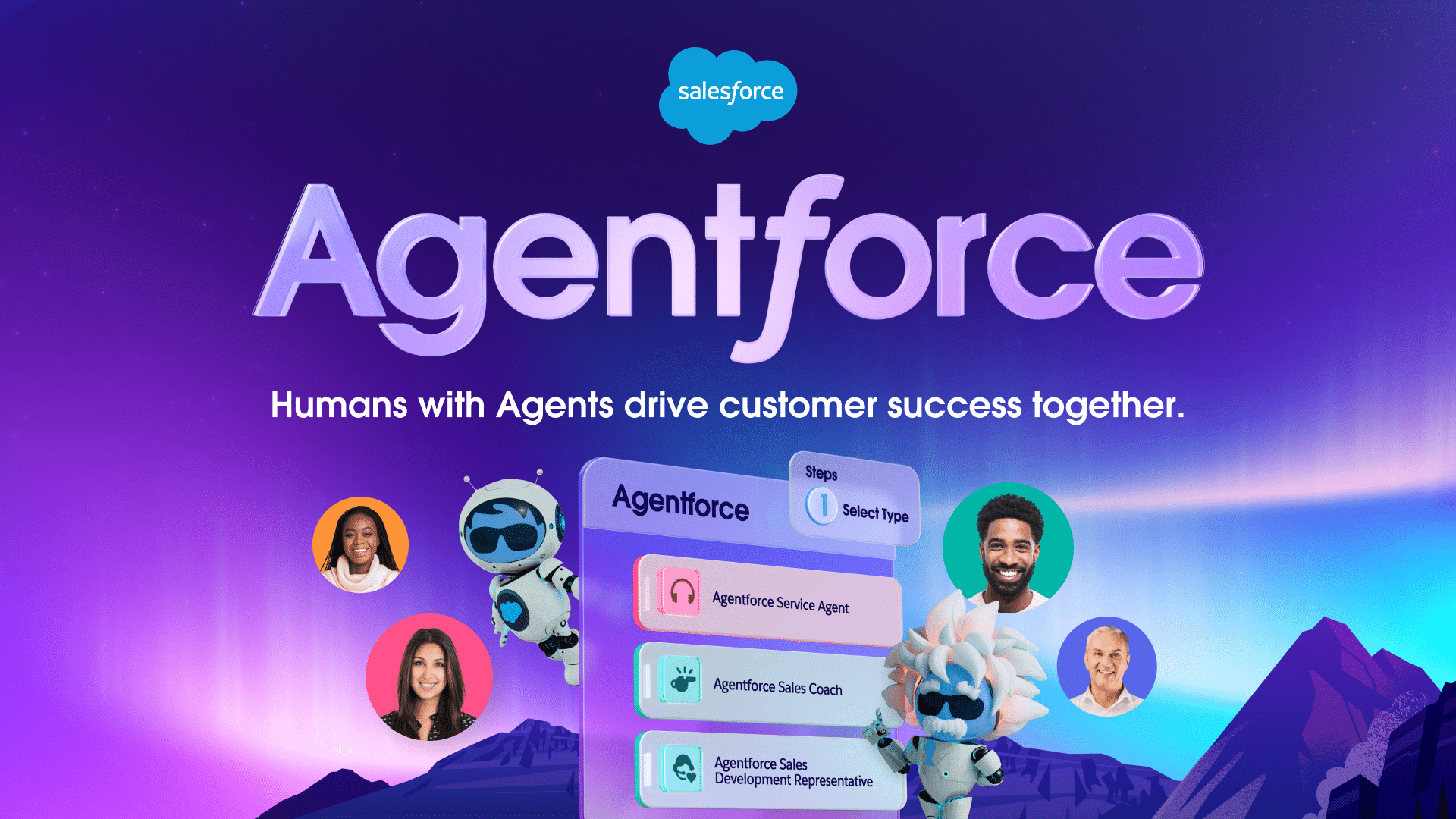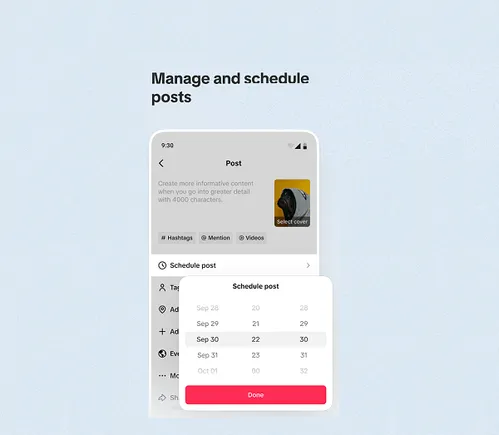IoT devices generate enormous amounts of data. As a result, the internet infrastructure is experiencing a considerable threat. So, organizations are seeking the best means to ease this burden. Cloud computing models enable using resources such as virtual machines to overcome the limitation of developing internal or on-premise infrastructure.
Importance Of Cloud Computing For The Growth Of The IoT:
Cloud computing and IoT solutions collaborate to ease the daily work processes. IoT is the source of an enormous volume of data, and cloud computing creates a path for this data transfer. Cloud providers benefit with such purpose through a pay-per-use model, helping consumers pay only for the specific resources used.
Hence, the overall cost structure reduces. Cloud computing facilitates developers to store and access the data from a remote location and helps deliver projects quickly and easily.
Some of the other significant advantages include the following:
1. Security
IoT devices have helped to automate tasks. At the same time, they have posed certain security risks. Cloud can be an apt and the right solution here. Cloud uses preventive, corrective, and detective controls to make IoT more secure.
Encryption protocols and high-quality authentication standards enable users to enjoy more security. IoT products can also safeguard user identity using biometric technology, which is possible with the cloud’s enhanced security.
2. Data Integration
The growth in IoT devices has led organizations to optimize connected devices to gain real-time information concerning business processes. Though these devices act vital to improve efficiency and save costs, they also generate massive data that is too complex to be processed.
With the high data integration capabilities, cloud-based systems can handle massive data sets from various resources. The enterprise system data and related devices experience data storage, analysis, and processing at the exact location.
3. Scalability
Scalability is another significant advantage of deploying IoT on the cloud. If an organization requires upscale network infrastructure for deploying IoT, in the case of on-premise network infrastructure, procuring hardware and configuring it costs a lot of money and needs more time. Moreover, the process includes heavy maintenance.
Cloud computing eases this tedious job by enabling enterprises to scale up their infrastructure by assigning additional cloud space and extending the storage capability without requiring any different setup.
4. Data Mobility
The data on the cloud server can be accessed anywhere anytime by surpassing the infrastructure constraints. IoT delivers data services for most modern smart devices, including smartwatches, smartphones, smart cards, self-driving cars, and smart factories.
The access to the data on on-premise servers is limited to the business place, while an IoT cloud-based service helps manage, analyze, and process the information remotely.
5. Cost-Effectiveness
Cloud services provide cost-effectiveness as you need to pay only for what you use. The cloud storage expenses are considered operational expenses, while on-premise storage comes under capital expenses.
On-premise network infrastructure comprises costly hardware purchase, installment and upscaling, and maintenance. The cloud platform eliminates the up-front cost, and even the pricing plans are flexible depending on business requirements.
Significant Challenges Associated With IoT And Cloud Computing
Undoubtedly, cloud computing accelerates IoT. However, specific challenges exist, ranging from data generation to networking. Here are some of the profound difficulties:
1. Large Data Handling:
With substantial data devices at hand, IoT generates a vast amount of data. There is no proven method that cloud computing will handle big data. Consequently, the applications would be at risk.
2. Sensor Networks:
The primary source of IoT data is sensors. Processing vast volumes of sensor data is a significant challenge for businesses. Even though the cloud helps in this data aggregation, it obstructs the data’s progression due to privacy and security issues.
Conclusion :
All the major industries have gained pace with cloud computing. The rapid growth in devices requires effective device management and enhanced security. The cloud platforms offer the maximum benefit of implementing IoT effectively. Also, it could lead to reduced capital expenditure.
So, the current need for time is to transit from on-premise infrastructure to cloud platform.




























































![20 Predictions for Social Media in 2025 [Infographic] 20 Predictions for Social Media in 2025 [Infographic]](https://imgproxy.divecdn.com/HMVhRh2JvYwAse_QsxNWdYtb_Of31-oCF2OnUe4eZqA/g:ce/rs:fit:770:435/Z3M6Ly9kaXZlc2l0ZS1zdG9yYWdlL2RpdmVpbWFnZS9zb2NpYWxfbWVkaWFfdHJlbmRzXzIwMjVfMi5wbmc=.webp)











